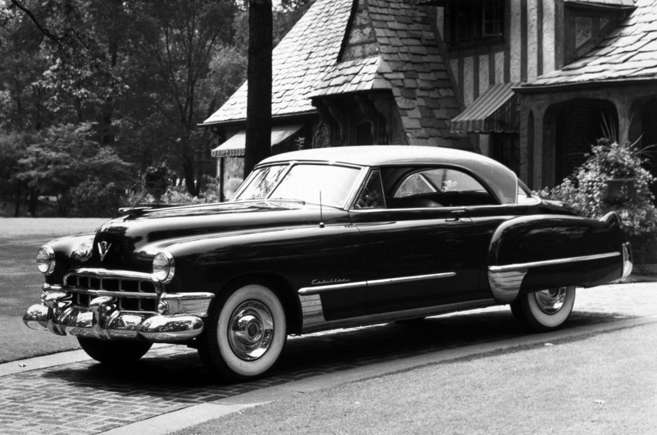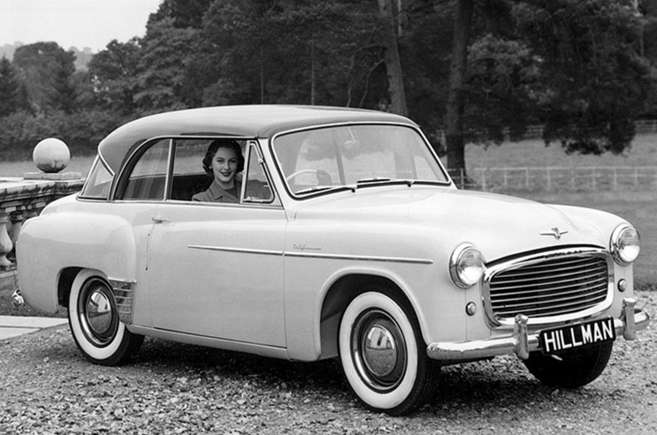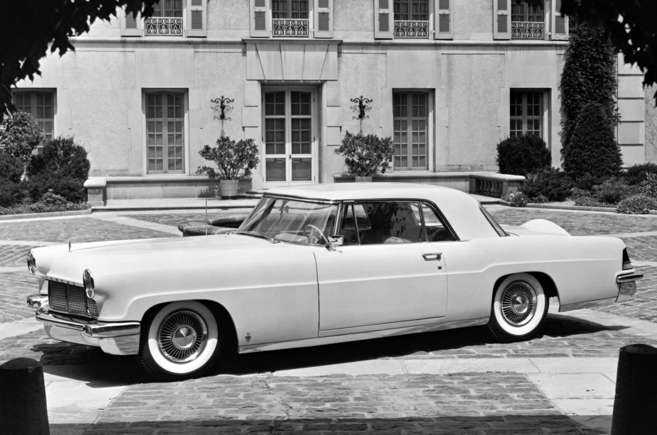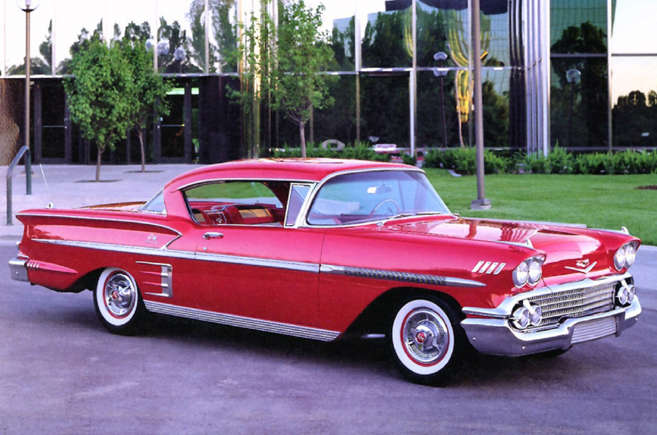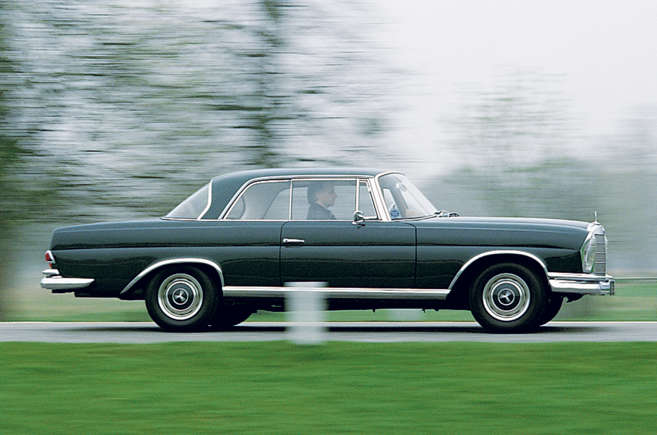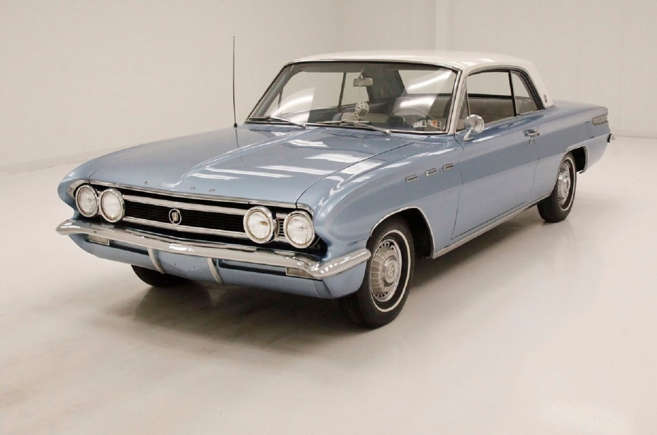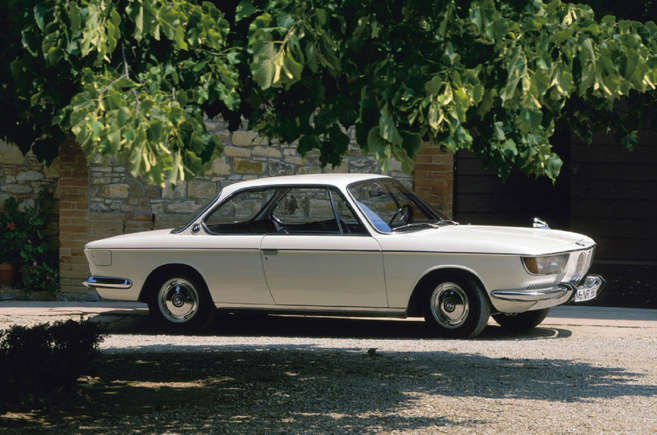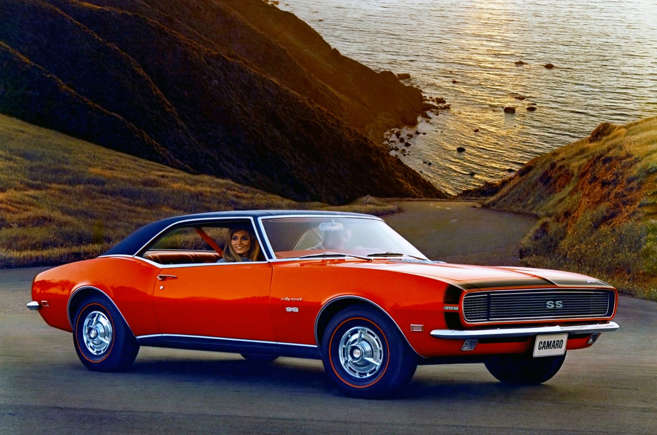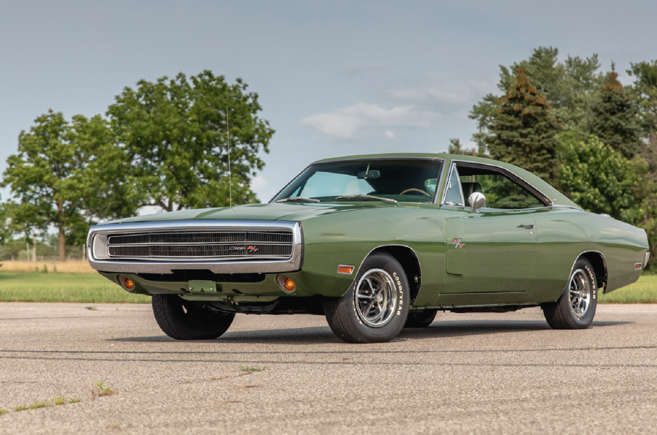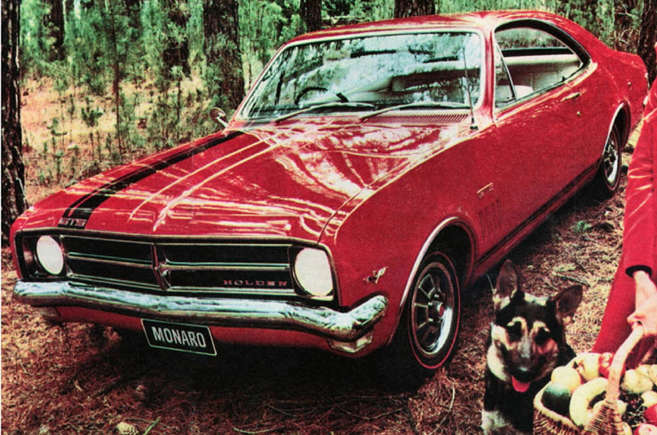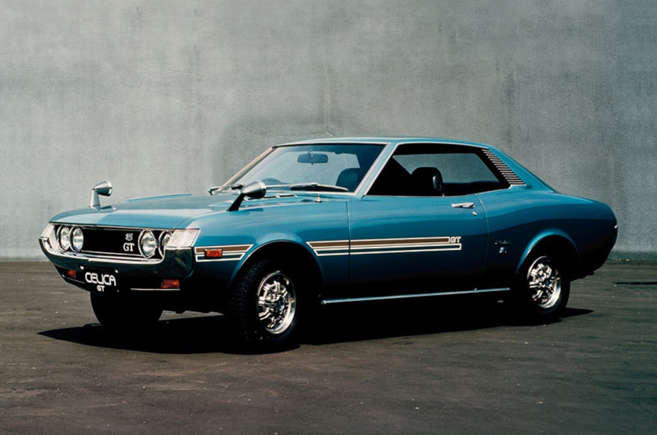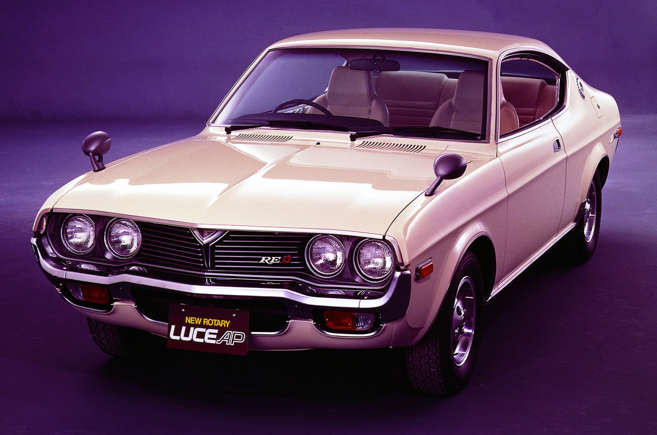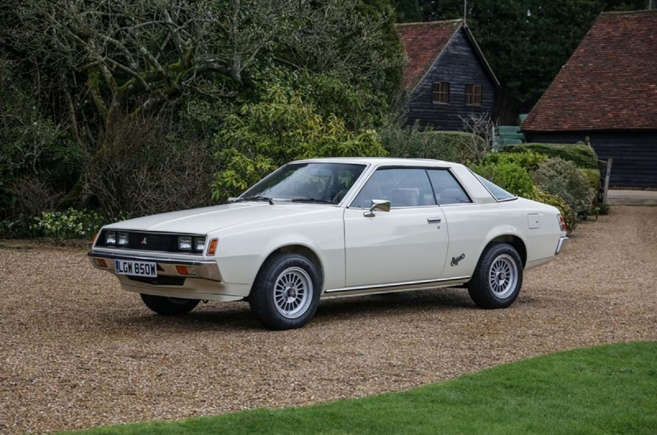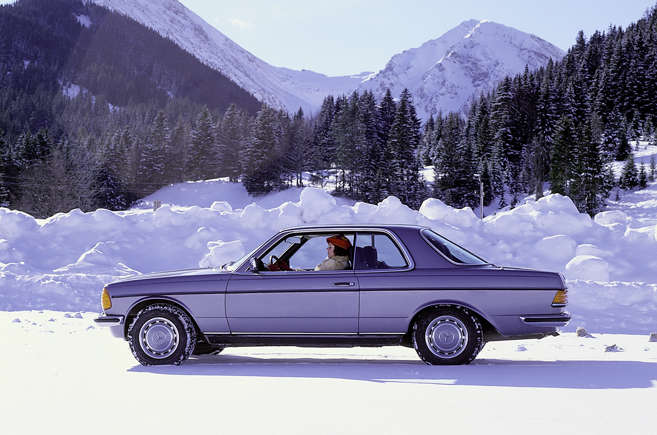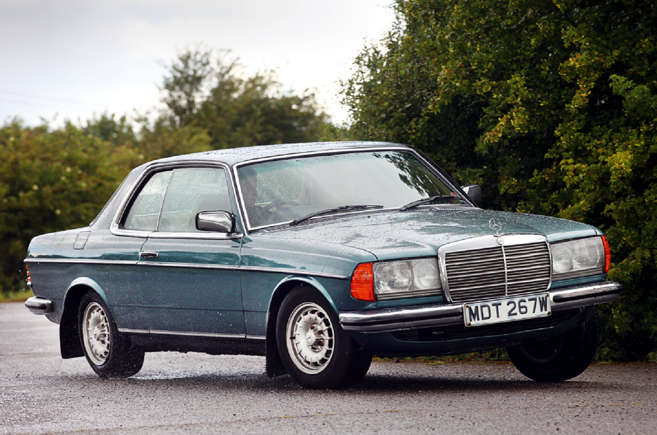
Frameless wonders©James Mann/Classic & Sports Car
Pillarless windows have helped enhance the elegance of many classic coupés over the years, lending them clean lines with the windows up or down.
But they have other advantages, too. Pillarless windows let in more light and fresh air than those with a fixed centre pillar.
So from the world of classic cars, here are some of our favourite pillarless coupés for your viewing pleasure, arranged in chronological order.

